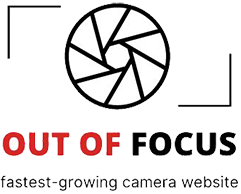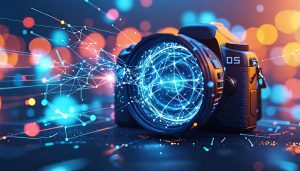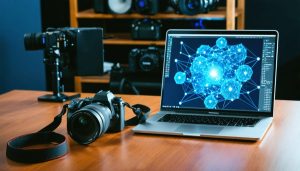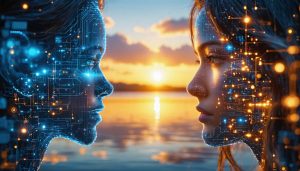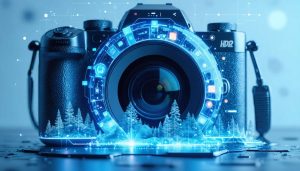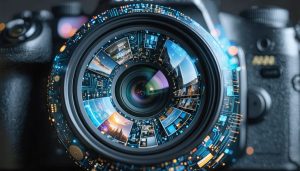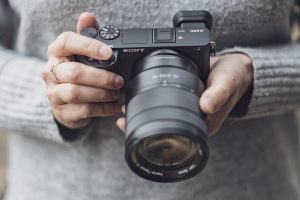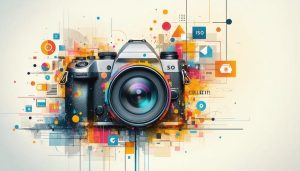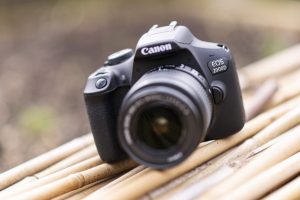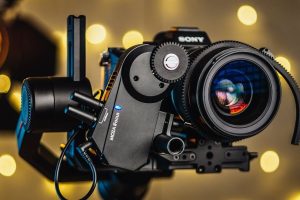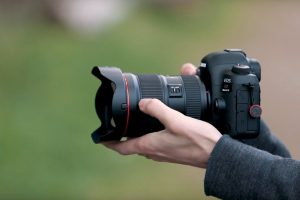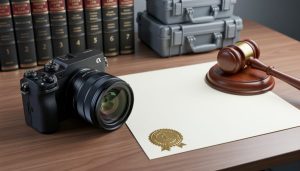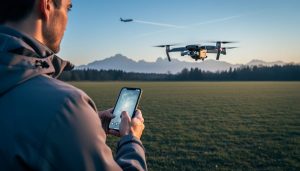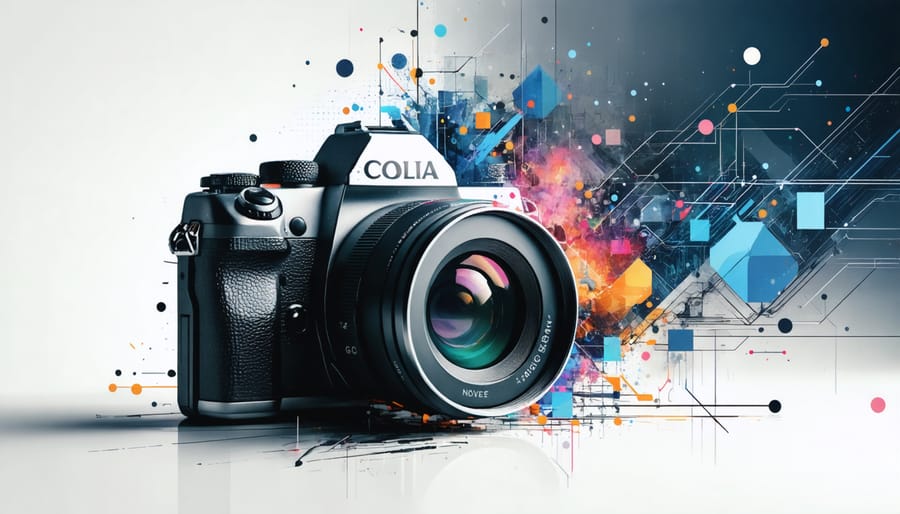
Google’s AI image generation tools are revolutionizing the way photographers and creators bring their visions to life. As part of the broader AI photography revolution, Google’s suite of image generation capabilities—including Imagen and ImageFX—combines sophisticated machine learning with intuitive controls to produce stunningly realistic images from text descriptions. Professional photographers now harness these tools to prototype concepts, generate reference images, and explore creative possibilities before picking up their cameras. Unlike earlier AI image generators, Google’s technology excels at understanding nuanced prompts, maintaining consistent styles, and producing images that respect copyright and ethical considerations. Whether you’re a commercial photographer planning a shoot or an artist seeking inspiration, Google’s AI image generation represents a powerful addition to the modern creative workflow, bridging the gap between imagination and execution.
Inside Google’s AI Image Generation Technology
How Google’s AI Understands Images
Google’s AI image understanding relies on sophisticated deep learning models that process visual information much like the human brain, but with incredible speed and precision. At its core, the system uses convolutional neural networks (CNNs) that break down images into layers of information, analyzing everything from basic shapes and colors to complex patterns and objects.
Think of it as having millions of tiny digital observers working simultaneously. When an image is uploaded, these networks first identify basic elements like edges and textures. Then, they progressively combine this information to recognize more complex features – from simple objects like chairs or trees to nuanced elements like lighting conditions or artistic styles.
What makes Google’s AI particularly impressive is its ability to understand context and relationships within images. For instance, it can distinguish between a sunset photograph and one taken at midday not just by analyzing colors, but by understanding how light interacts with objects and creates shadows. The system has been trained on billions of images, allowing it to recognize subtle differences in composition, lighting, and subject matter.
The AI also employs semantic segmentation, which helps it understand the relationship between different elements in a photo. This means it can identify where one object ends and another begins, comprehend depth and perspective, and even understand complex scenes with multiple subjects and backgrounds.
Through continuous learning and refinement, the system gets better at understanding artistic intent and cultural context, making it an increasingly powerful tool for photographers and creators.
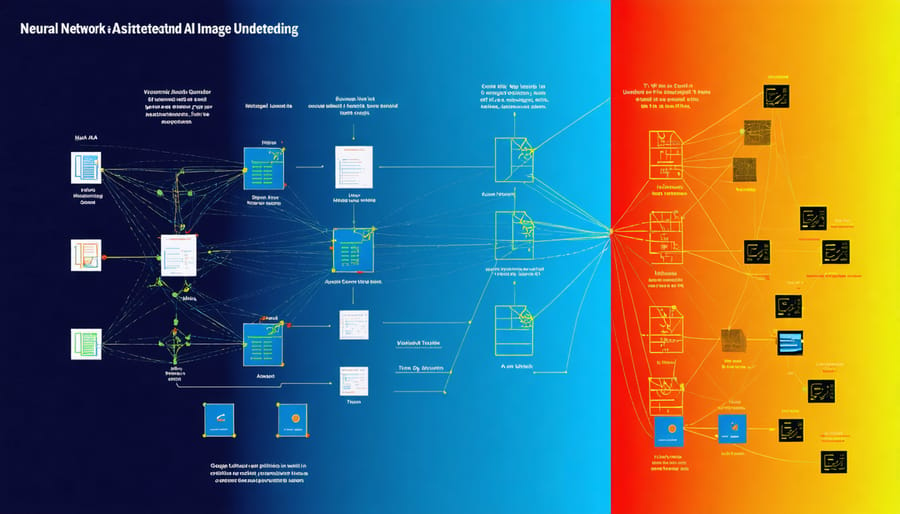
Key Features for Photographers
Google’s AI image generation tools offer several groundbreaking features that photographers will find particularly valuable in their creative workflow. The technology excels at understanding photographic elements like composition, lighting, and color grading, making it a powerful ally for both creative and technical tasks.
One standout feature is the ability to generate realistic lighting variations. Photographers can experiment with different lighting scenarios without physically setting up complex equipment, perfect for pre-visualization or learning lighting techniques. The AI can simulate natural light conditions, studio setups, and even complex multi-light arrangements.
The style transfer capabilities are especially impressive, allowing photographers to apply the aesthetic of one image to another while maintaining professional quality. This feature is invaluable for maintaining consistency across photo series or developing signature looks.
For retouching and restoration work, the AI offers sophisticated tools for removing unwanted elements, extending backgrounds, and even reconstructing missing parts of damaged photos. The technology understands photographic context, ensuring that generated elements match the original image’s perspective, lighting, and texture.
The AI also excels at creating variations of existing photos, helping photographers explore different creative directions without multiple shoots. This can be particularly useful when working with clients who want to see various options or when developing concepts for future shoots.
Most importantly, these features integrate seamlessly with traditional photography workflows, complementing rather than replacing existing skills and techniques.
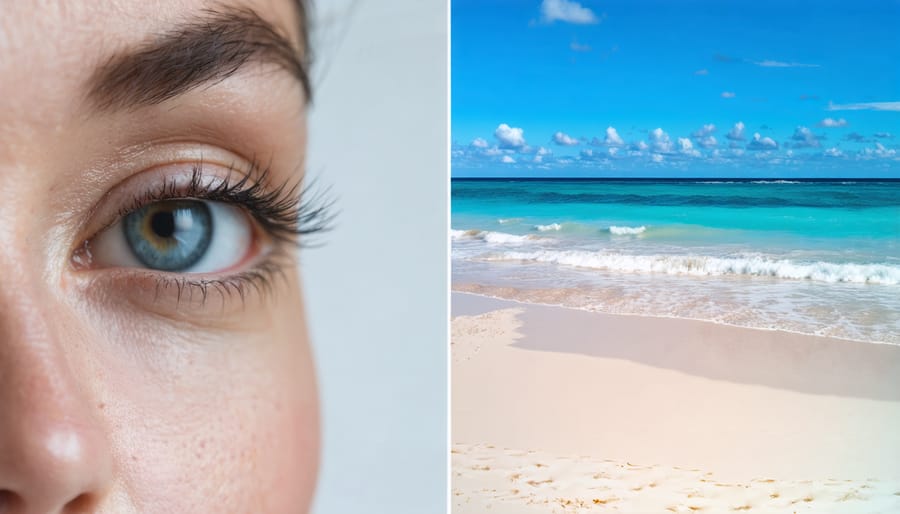
Real-World Applications in Photography
Advanced Photo Manipulation
Google’s AI image editing capabilities have revolutionized complex photo manipulation tasks that once required hours of skilled Photoshop work. Photographers can now seamlessly remove unwanted objects, extend image boundaries, or replace entire backgrounds with just a few prompts.
Consider a common scenario: you’ve captured a perfect moment at a popular tourist spot, but there are dozens of people in the background. Rather than spending hours carefully clone-stamping them out, Google’s AI can intelligently remove the crowds while preserving the architectural details and natural lighting. The technology understands context and maintains image consistency, even filling in areas that were previously obscured.
The system excels at sophisticated editing tasks like sky replacement, where it not only swaps the sky but adjusts the lighting and reflections throughout the image to match. Portrait photographers will appreciate the advanced facial editing features, which can subtly adjust expressions, head positions, or even change hair styles while maintaining the subject’s natural appearance.
Perhaps most impressively, the AI can generate entirely new elements that blend seamlessly with existing photos. Need to add a missing person to a group shot? The system can create a perfectly matched figure, complete with appropriate lighting, shadows, and interaction with the scene. These capabilities extend to commercial photography, where product shots can be modified or enhanced without expensive reshoots.
Background Generation and Replacement
Google’s AI image generation technology excels at understanding and manipulating scene backgrounds, offering photographers powerful tools for creative expression. The system uses advanced machine learning algorithms to analyze the existing background of an image and can either generate entirely new backgrounds or seamlessly modify existing ones.
When creating new backgrounds, the AI considers the lighting, perspective, and overall composition of the original image to ensure natural integration. For instance, if you’re working with a portrait shot against a plain wall, the AI can transform it into a scenic beach sunset while maintaining realistic shadows and light interaction with the subject.
Background replacement is particularly sophisticated, with the AI capable of understanding depth and spatial relationships. It can intelligently separate foreground subjects from their backgrounds and generate new environments that maintain proper perspective and scale. The technology even accounts for atmospheric effects like depth blur and environmental lighting to create convincing scene integration.
What makes Google’s approach unique is its ability to maintain contextual coherence. When replacing a background, the AI considers the story the image is telling and generates environments that make sense with the subject matter. For outdoor scenes, it can accurately replicate natural elements like trees, mountains, or cityscapes while preserving weather conditions and time-of-day lighting characteristics that match the original image.
Photographers can control these transformations through simple prompts and adjustments, making complex background manipulations accessible to creators of all skill levels.
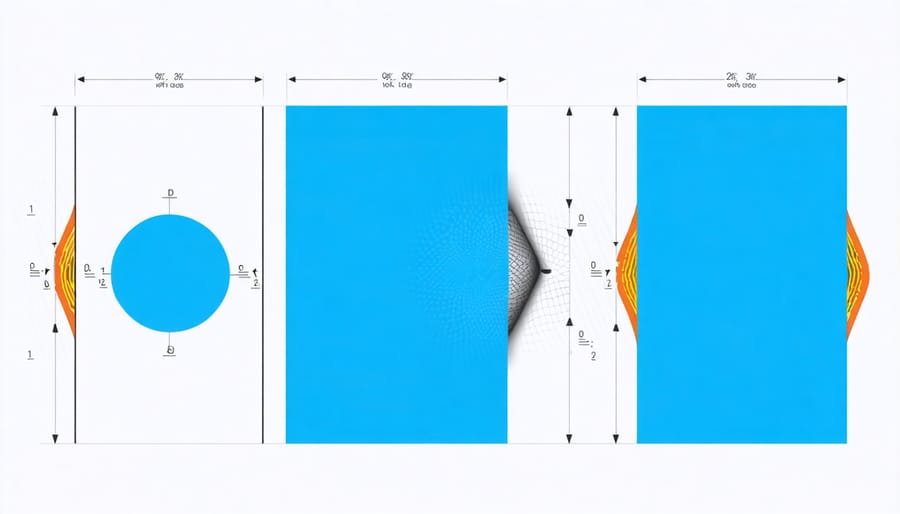
Creative Enhancement Tools
Google’s AI image generation tools open up a world of creative possibilities for photographers and digital artists. Whether you want to transform your photos with AI or create entirely new compositions, these tools provide an extensive palette of artistic options.
The Style Transfer feature allows you to reimagine your photographs in various artistic styles, from impressionist paintings to modern digital art. You can experiment with different textures, color palettes, and artistic interpretations while maintaining the core essence of your original image.
For portrait photographers, the Portrait Light tools offer sophisticated lighting adjustments that can dramatically enhance facial features and mood. You can simulate studio lighting setups or create atmospheric effects that would typically require complex equipment and setup.
The Magic Eraser and Object Removal tools help you clean up unwanted elements in your compositions, while the Sky Replacement feature can transform mundane landscapes into dramatic scenes. These tools work seamlessly with your existing workflow, allowing you to focus on your creative vision rather than technical constraints.
For more experimental artists, the Dream Canvas feature enables the creation of entirely new images from text descriptions, opening up possibilities for conceptual photography and mixed-media projects. You can blend real photographs with AI-generated elements to create unique, surreal compositions that push creative boundaries.
Limitations and Considerations
Technical Boundaries
While Google’s AI image generation technology represents a significant leap forward, it’s important to understand its current limitations. The system sometimes struggles with complex human anatomy, particularly hands and facial features, which may appear distorted or anatomically incorrect. Text rendering within generated images can also be challenging, often resulting in gibberish or incomplete characters.
Color accuracy and consistency across multiple generations can vary, which may be particularly noticeable for photographers requiring precise color matching. The technology also has difficulties with complex lighting scenarios, sometimes producing unrealistic shadows or reflections that wouldn’t occur in natural photography.
There are also ethical and copyright considerations to keep in mind. The AI’s training data comes from existing images, raising questions about originality and intellectual property rights. Additionally, the system may occasionally reproduce biases present in its training data, requiring users to be mindful of potential stereotyping in generated images.
Technical constraints include resolution limitations, with maximum output sizes being restricted to prevent computational overload. Processing time can vary significantly based on image complexity, and the quality of fine details may not match that of traditional photography, especially in areas requiring precise texture reproduction.
These limitations don’t diminish the technology’s value but rather highlight areas where human expertise and traditional photography techniques remain essential.
Ethical Photography Practices
As AI image generation becomes increasingly accessible, photographers must navigate new ethical considerations to maintain integrity in their work. Transparency is paramount – always disclose when AI-generated elements are incorporated into your photographs. This helps maintain trust with your audience and upholds professional standards in the photography community.
When using Google’s AI image generation tools, consider implementing clear labeling practices. For instance, you might use specific tags or descriptions that indicate AI enhancement, particularly on social media platforms or in professional portfolios. This transparency becomes especially crucial when submitting work for competitions, publications, or client projects.
Respect copyright and intellectual property rights by understanding how AI models are trained and the implications of using generated images. While Google’s AI tools are designed to respect these boundaries, photographers should still exercise due diligence in verifying the originality of generated content.
Consider the impact on traditional photography practices. While AI can enhance creativity, it shouldn’t completely replace fundamental photography skills. Instead, view it as a complementary tool that expands your creative possibilities while maintaining the authenticity of your work.
Establish personal guidelines for AI usage in your workflow. This might include deciding which types of projects are appropriate for AI enhancement and which should remain purely photographic. Remember that ethical considerations extend beyond legal requirements – they’re about maintaining the integrity of your artistic vision and respecting your audience’s trust.
Future Impact on Photography
As we look ahead, Google’s AI image generation technology is poised to fundamentally reshape how we approach photography. The future of AI in photography suggests a blend of traditional camera skills with AI-powered creative possibilities that were previously unimaginable.
For professional photographers, this technology promises to streamline post-processing workflows dramatically. Imagine being able to perfect complex sky replacements, remove unwanted objects, or adjust lighting conditions with natural-looking results – all through simple text prompts. Wedding photographers might soon be able to generate additional posed shots that weren’t captured during the actual event, while commercial photographers could create multiple variations of product photos without additional shoots.
However, this advancement raises important questions about authenticity in photography. As AI-generated images become increasingly indistinguishable from traditional photographs, photographers will need to develop new ethical guidelines and possibly adopt transparency practices about their use of AI tools.
For hobbyist photographers, these tools will lower the technical barriers to creating stunning images. Rather than spending years mastering complex editing techniques, photographers can focus more on developing their creative vision and storytelling abilities. The technology might also inspire new artistic approaches, combining traditional photography with AI-generated elements to create entirely new forms of visual expression.
The most exciting prospect is how this technology might enhance rather than replace traditional photography skills. By handling technical challenges more efficiently, photographers can dedicate more time to composition, lighting, and capturing genuine moments – the elements that truly make photography an art form.
As we’ve explored throughout this article, Google’s AI image generation tools are revolutionizing the way photographers approach their craft. Whether you’re an enthusiast looking to enhance your creative workflow or a professional seeking to streamline your editing process, these tools offer unprecedented possibilities. The key is to approach AI as a complement to your existing skills rather than a replacement.
To make the most of Google’s AI image generation capabilities, start by experimenting with small, manageable projects. Focus on understanding how the AI interprets your prompts and learns from your editing patterns. Remember that the technology works best when guided by your artistic vision and technical expertise.
For photographers looking to integrate these tools into their workflow, consider starting with basic retouching tasks before moving on to more complex creative applications. Keep in mind that while AI can significantly speed up your workflow, maintaining your unique style and artistic signature remains crucial.
As the technology continues to evolve, staying informed about updates and new features will help you leverage these tools effectively. Above all, view AI image generation as an opportunity to expand your creative horizons while maintaining the authenticity and quality that defines your photographic work.
